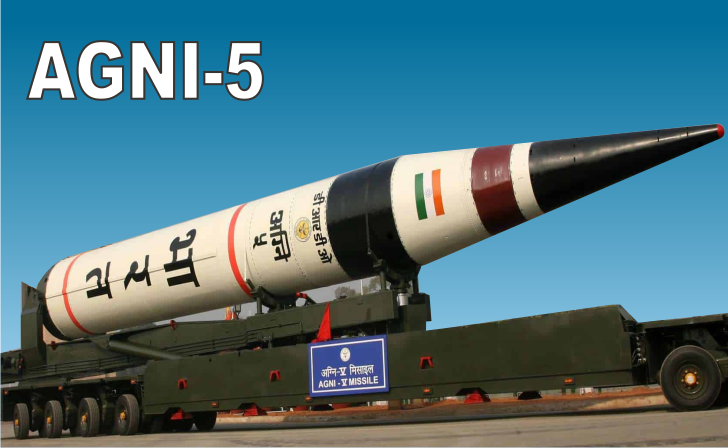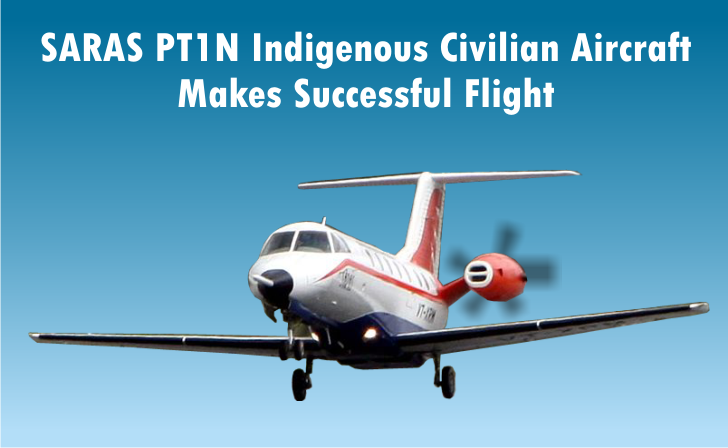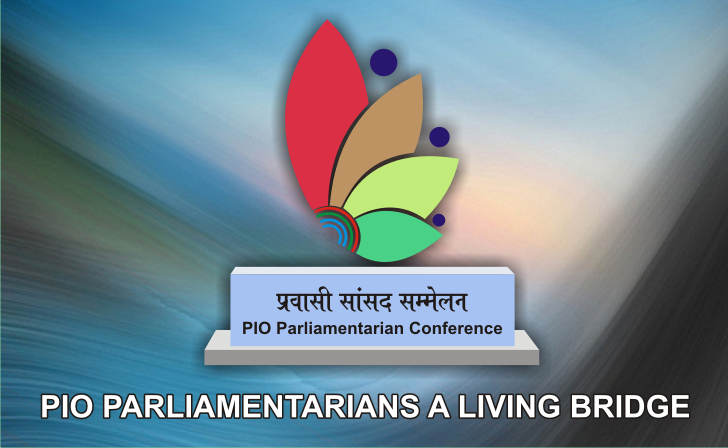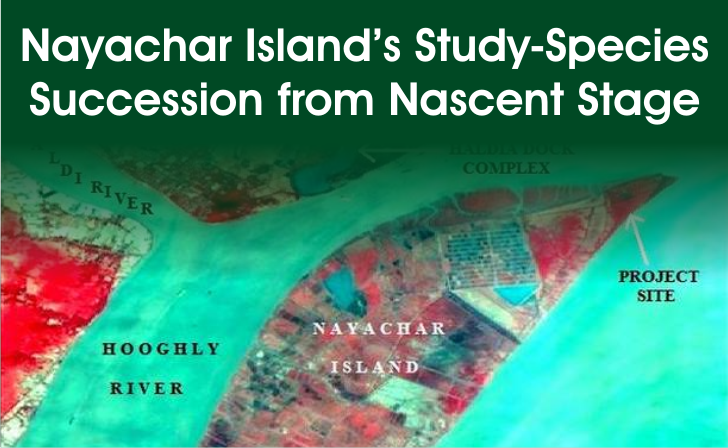Even in the age of Google, General Knowledge still matters! Improving your general knowledge is important as it keeps you updated on the various happenings at national and international levels. Apart from the fact that a number of various entrance tests are designed to assess your awareness of Current Affairs and General Knowledge, people still tend to associate General Knowledge with intelligence and awareness. As an added advantage, it makes you a great and interesting conversationalist.
As your command over General Knowledge and Current Affairs puts you in a wise light, the need to acquire general knowledge right from an early age is greatly emphasized upon. You can improve your General Knowledge in a number of ways and few of them are listed below.
- Reading: the tried and tested formula to improve your General Knowledge is to read. Read anything that you can lay your hands upon – books, magazines, newspapers, journals; just about anything in black and white. Inculcate the habit of reading to expand the circumference of your knowledge.
- Writing: you easily tend to forget what you have read. Writing helps you retain that knowledge and reinforces information in your brain. So write, make short notes that you can retrieve whenever the need arises.
- Viewing TV: the so called ‘Idiot Box’ is not as idiot as you think. It also offers you knowledge in just about every field and that too in a very interesting way. Channels like Discovery, National Geographic, History, Animal Planet, make you aware of facts you never thought existed. The 24×7 News channels keep you updated with the latest happenings around the Globe.
- Smart use of the Internet: Save some time from Facebook, Twitter, and other such time-killers and indulge in the more knowledgeable sources on the Internet. The World is on the Internet in every sense of the word and so that is where you will find lots of information on just about everything.
- Socialize: Confinement narrows your outlook and sets a limit to your knowledge. The company of like-minded, experienced individuals can do wonders for your general awareness. The bigger your network of friends, colleagues, and other acquaintances, the better informed you are.
- Solve puzzles and quizzes: Play games and attempt quizzes that challenge your brain. The more you will challenge your brain, the stronger it becomes. Just try to do some mental mathematics, solve crosswords, draw a map from memory, make word pictures; there are many ways to exercise your mind and sharpen your memory.
- Keep your curiosity alive: Most important! Remain curious and never stop questioning. Be a child, question everything and find answers. Whenever faced with a challenge, try to find the answer from every available source.
These are just a few tips that you can use to improve your General Knowledge skills. Remember, better awareness not only helps you in academics or career but it makes life better.










